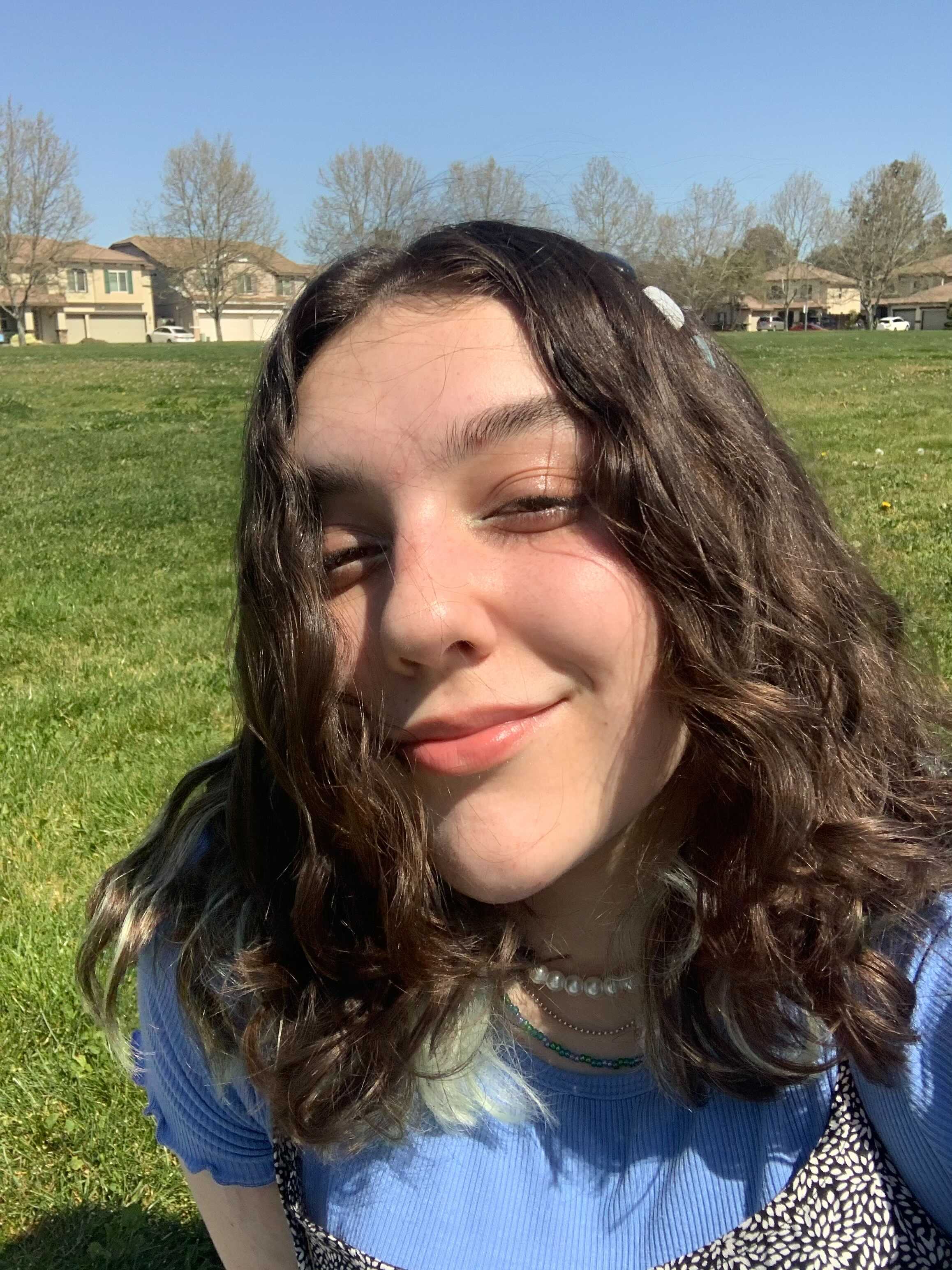The Intersection of Queer Feminism
- Mariah Vaiza

- Feb 27, 2022
- 3 min read
President Joe Biden has recently made a statement acknowledging the month of June as Pride Month, which is a big step for the LGBTQIA+ community. It is one thing his predecessor, Donald Trump, refused to recognize. As we celebrate this month with pride, we must concede the intersectionality of minority groups in feminism.
Intersectional feminism broadens the first wave of feminism to create inclusion for women of different gender identity, sexuality, race, abilities, etc., from the norm of white, cisgender, straight women. The first wave of feminism refers to the feminist movement during the 19th century and early 20th century in the Western world. This era of feminism focused on women’s suffrage, or their right to vote. We may think that it is revolutionary and a considerable step towards equality, but this new wave of feminism exclusively ostracizes other minority groups from the movement. This is referred to as white feminism.
We cannot hold these different women to the same standards of discrimination. It is proven that people of color and transgender people are more likely to be victims of violence and injustices than cisgender people. So, why is it that many people do not know this? Queer women often are left out of the narrative of the women’s rights movements. Consequently, feminism evolved into an issue that only included white women's faces. While I do not deem it fair to compare social and emotional problems, it is evident that there is still this hierarchy in our feminist movements. Yes, all women’s issues are valid, but we often shift the focus to straight, cis-gendered women because that's what many suffragists did in the 19th and 20th centuries. Only when we allow ourselves to lose the mentality of this narrow-minded idea of activism, will we notice some real changes in our communities.
Lesbian feminism is a movement that started to gain attraction around the 1970s and 1980s in the United States. Before lesbian feminism, many women’s liberation movements largely excluded lesbians and lesbianism altogether. Many women adopted negative views of lesbians and even regarded lesbianism as a sexual issue rather than a political one. First-wave feminists ultimately thought that incorporating LGBTQ+ affairs into their movement would substantially undermine the entire purpose. Thus, opposing groups started to be formed by the women on the other side of this debate. These groups claimed that heterosexuality and homosexuality are terms created by men to create another dominating separation amongst women. The lesbianist groups wanted to spread the ideology that lesbianism is the main factor to feminism because it brings the level of understanding that women relate to women. Even with this, some women still felt uncomfortable with the idea of interjecting sexuality into women’s movements – they wanted the integrity of their movement to remain strong, and adding these other “problems'' into the mix was not something they wanted on their agenda. Eventually, women incorporated lesbianism as a part of the feminist movement. It became “a practice that did not involve men on any emotional level.”
Lesbian feminism was a great stride towards a more intersectional social movement, but we need to continue striving for more change. Queer and trans women, especially those of color, face some of the most discrimination in society and are easily erased from the media. This pride month, I suggest that you ask yourself what you can do to be a better ally and how you can better amplify the voices of the unincluded women in modern-day social justice.
Sources:
Alexander, Kerri Lee. “Feminism: The First Wave.” National Women's History Museum, 5 Apr. 2021, www.womenshistory.org/exhibits/feminism-first-wave-0.
“Lesbian Feminism, 1960s and 1970S.” Outhistory.org, https://outhistory.org/exhibits/show/lesbians-20th-century/lesbian-feminism.
.png)





Comments